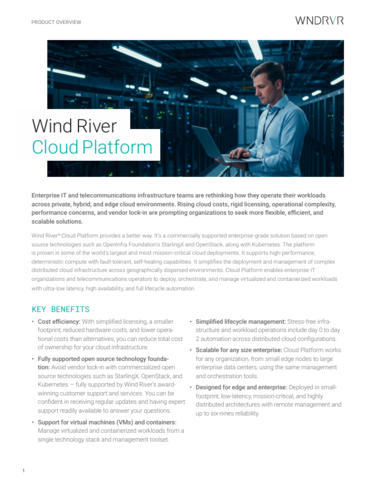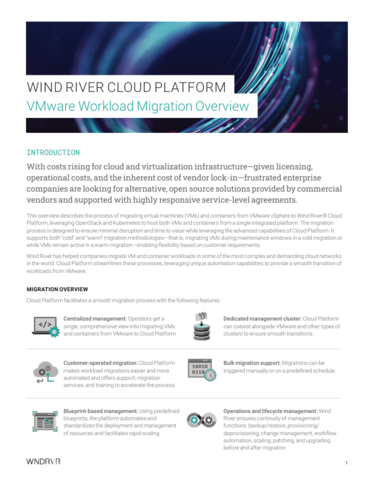Three foundational data principles to free enterprise AI from the sidelines
Sponsored by CDataEnterprise AI’s potential is undeniable – but most organisations feel their data infrastructure keeps it stuck on the bench.

A recent McKinsey survey shows only 19 per cent of leaders saw revenue gains from AI, and just 1 per cent consider their deployments mature. This lack of maturity is often caused by the limitations of the organisation’s underlying data infrastructure. The ideal data infrastructure for AI looks something like this:
- A robust semantic layer to ground LLMs in real context
- Real-time and batch integration across key systems into an enterprise data lake or warehouse
- Centralised, governed access to structured and unstructured data
Most teams aren’t there yet, but they recognise the need to get there quickly. Gartner reports 77 per cent of CDAOs rank AI-ready infrastructure among their top priorities – and 19 per cent name it number one. But conventional thinking suggests you have to wait for AI value until your stack is ready.
CData offers a different route. By starting with low-lift connectivity, context and control, enterprises can activate AI today and scale with their maturity over time. The following three principles provide a practical on-ramp to AI success.
Context is king: semantic and metadata modelling
Agentic process automation, widely regarded as the cutting-edge of enterprise applications of AI, requires more than access to raw data. Agents powered by reasoning models require semantic clarity on data stores in order to avoid hallucinations and produce relevant, contextual outputs. This process starts with metadata management and semantic layering.
When definitions diverge
Take, for example, a team launching an LLM dashboard to summarise sales across regions. It pulls from a CRM, marketing platform, product catalogue and warehouse – each with its own “active customer” definition. The AI mixes logic inconsistently, producing a summary that contradicts official reports and erodes credibility.
This isn’t a data issue – it’s a lack of metadata alignment. Without a semantic foundation, AI can’t reliably reason across systems.
The semantic adoption gap
Only 15 per cent of enterprises have implemented a universal semantic layer, according to Gartner. Most available tools for semantic virtualisation often require significant architectural maturity and a meaningful implementation effort.
How CData builds context from day one
CData lets teams start simply: governed views, glossaries and federated queries help align key terms without a major overhaul. As maturity grows, CData supports semantic modelling at scale, enabling query federation, metadata management and lineage across decentralised architectures.
With CData, teams get AI-contextual clarity from the start, as well as the ability to evolve into a fully governed semantic framework over time.
Connect everything: hybrid pipelines for live and replicated access
Enterprise data is sprawled across SaaS apps, on-premises systems, lakes, warehouses and spreadsheets – and is one of the primary blockers to AI value delivery. With the advent of context injection via RAG and the gaining popularity of MCP both unstructured and structured data are needed for AI. That requires enterprises to integrate a dramatically increasing number and variety of source data that must be cleaned, prepared and ingested.
The integration gap
Forrester reports 63 per cent of teams struggle with fragmented data access. ETL tools abound, but few offer seamless hybrid models that blend live and batch with AI context in mind.
How CData connects the AI pipeline
CData enables hybrid access from the start – via live connectors, RAG and MCP. Teams can link core systems such as ERP and CRM without requiring upfront migrations to a central data store. As maturity grows, CData can power ETL/ELT into cloud warehouses while maintaining live federated access and semantic consistency.
The result: timely, governed data without the centralisation prerequisite.
Govern to win: AI-ready data quality and control
Data governance, quality and access control are often the difference between a winning AI strategy and a costly fumble. AI models trained on conflicting or duplicated sources are prone to error, and without centralised governance, enterprises face spiralling costs from duplication and rework – not to mention the risk of data leakage and compliance violation. Traditional defensive data quality processes are focused on mitigating this risk, but driving business value through AI requires an offensive data quality strategy.
The governance readiness challenge
Forrester finds 73 per cent of enterprises plan to boost governance investment in 2025, yet only 41 per cent have tools integrated with AI workflows. Many governance solutions weren’t built for AI requirements, assume a high data infrastructure maturity and offer limited real-time enforcement within AI execution.
How CData enforces AI-ready control
With CData, governance starts from day one. Teams can apply access controls, trace lineage and map glossaries across live systems. As maturity grows, CData adds row-level security, data masking and metadata integration with tools such as Collibra – enabling real-time, policy-driven governance at scale.
By integrating governance directly into the data access layer, CData helps AI systems operate with clarity and compliance without a heavy lift.
Bring enterprise AI off the sidelines
Data leaders evaluating the AI-readiness of their infrastructure should think incrementally to unblock the next meaningful step they could take with AI.
CData provides that path, offering lightweight, scalable ways to embed context, connect systems and enforce governance from the start. These three principles – semantic clarity, real-time access and embedded governance – let organisations get started on their AI journey without delay.
With CData, AI doesn’t sit on the sidelines. It enters the game early, scales strategically and drives performance where it matters most.

Business Reporter Team
Most Viewed
Winston House, 3rd Floor, Units 306-309, 2-4 Dollis Park, London, N3 1HF
23-29 Hendon Lane, London, N3 1RT
020 8349 4363
© 2025, Lyonsdown Limited. Business Reporter® is a registered trademark of Lyonsdown Ltd. VAT registration number: 830519543






